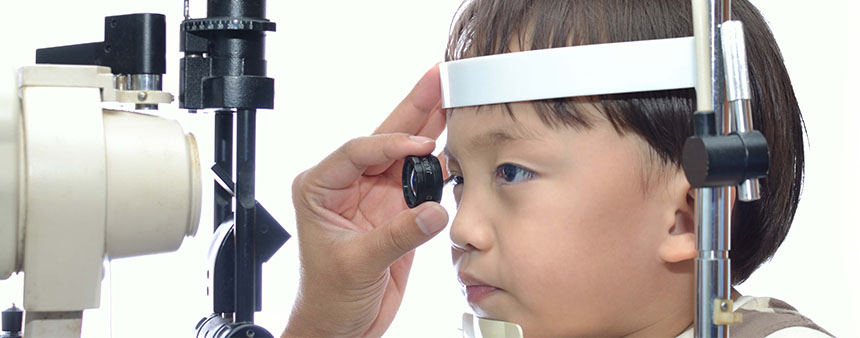Do not forget, cataract is an eye disorder for old and young people.

Tips that should be followed after cataract surgery
2019-03-18
Is light sensitivity normal after eye surgery?
2019-04-14Cataract Eye disorders for all ages
There are various causes of cataract besides age old age, cataract in young people happen too! You might think that only older folks get cataract. But babies and children can get them, too. Cataract—clouding of the eye’s naturally clear lens—can rob you of your vision. Although the exact cause is unclear, in most cases, cataract is associated with people age 60 and above. However, there have been cases of cataract in young people as well.
Types of cataract
Types of cataract include:
Nuclear Cataract: Also called a nuclear sclerotic cataract, this is the kind doctors see most. Anyone who lives long enough usually ends up with one. They form in the center of the lens, known as the nucleus.
Congenital Cataract: These are cataract you’re born with or that form when you’re a child. Some are linked to your genes, and others are due to an illness, like rubella, that your mother had during pregnancy.
Posterior Subscapular Cataract: These cataract form just inside the back of your lens capsule — the part of your eye that surrounds the lens and holds it in place. They’re directly in the path of light as it passes through the lens.
They’re quicker to come on than other cataract, and you may get symptoms within months. They affect your close-up vision and make it harder to see in bright lighting.
Traumatic Cataract: Many kinds of injuries can lead to a cataract. You can get one if you’re hit in the eye by a ball or get hurt from a burn, chemical, or splinter. The cataract could come on soon after the injury or not show up until years later.
Secondary Cataract: When another condition or a medical treatment leads to a cataract, doctors call it secondary. Diabetes, taking steroids like prednisone, and even cataract surgery are possible causes.
Radiation Cataract: You may know it’s important to protect your skin from the sun’s ultraviolet (UV) radiation, but it can take a toll on your eyes, too. You can sometimes get cataract if you spend too much time in the sun without eye protection. People who work outdoors are more likely to get this kind of cataract. To prevent it, wear sunglasses with 100% UVA and UVB protection. Cataract are also a possible side effect from radiation therapy for cancer.
Lamellar or Zonular Cataract: This type typically shows up in younger children and in both eyes. The genes that cause them are passed from parent to child. These cataract form fine white dots in the middle of the lens and Over time, the whole center of the lens may turn white.
Causes of Cataract
Although cataract in young people are not common, it is important to know their potential causes:
- Diabetes
- Hypertension
- Traumatic injury to the eye
- High myopia (nearsightedness)
- Use of steroidal medications
- Family history
- Obesity
- Smoking
- Excessive alcohol consumption
- Ultraviolet light exposure
Healthy dietary choices may help reduce the risk of cataract at any age. Scientists propose that cataract formation results from oxidative changes in the human lens. Nutrition studies support this idea in that fruits and vegetables high in antioxidants may help prevent certain types of cataract.
Consider a healthy, higher dietary intake of:
- Vitamin E found in almonds, pine nuts, sunflower seeds, broccoli and spinach
- Dark green, leafy vegetables and colorful fruits
- Antioxidant vitamins such as vitamin C and beta-carotene
- Foods containing omega-3 fatty acids such as fish
Reference:
https://centerforsightlv.com/cataract-in-young-people/
https://www.webmd.com/eye-health/cataract-in-babies-and-children#1
https://www.webmd.com/eye-health/cataract/cataract-types#3




